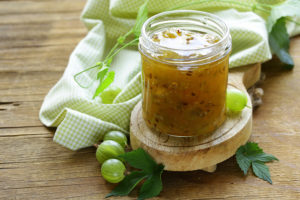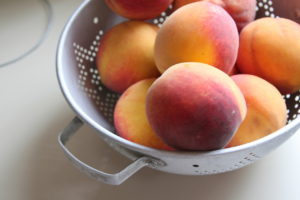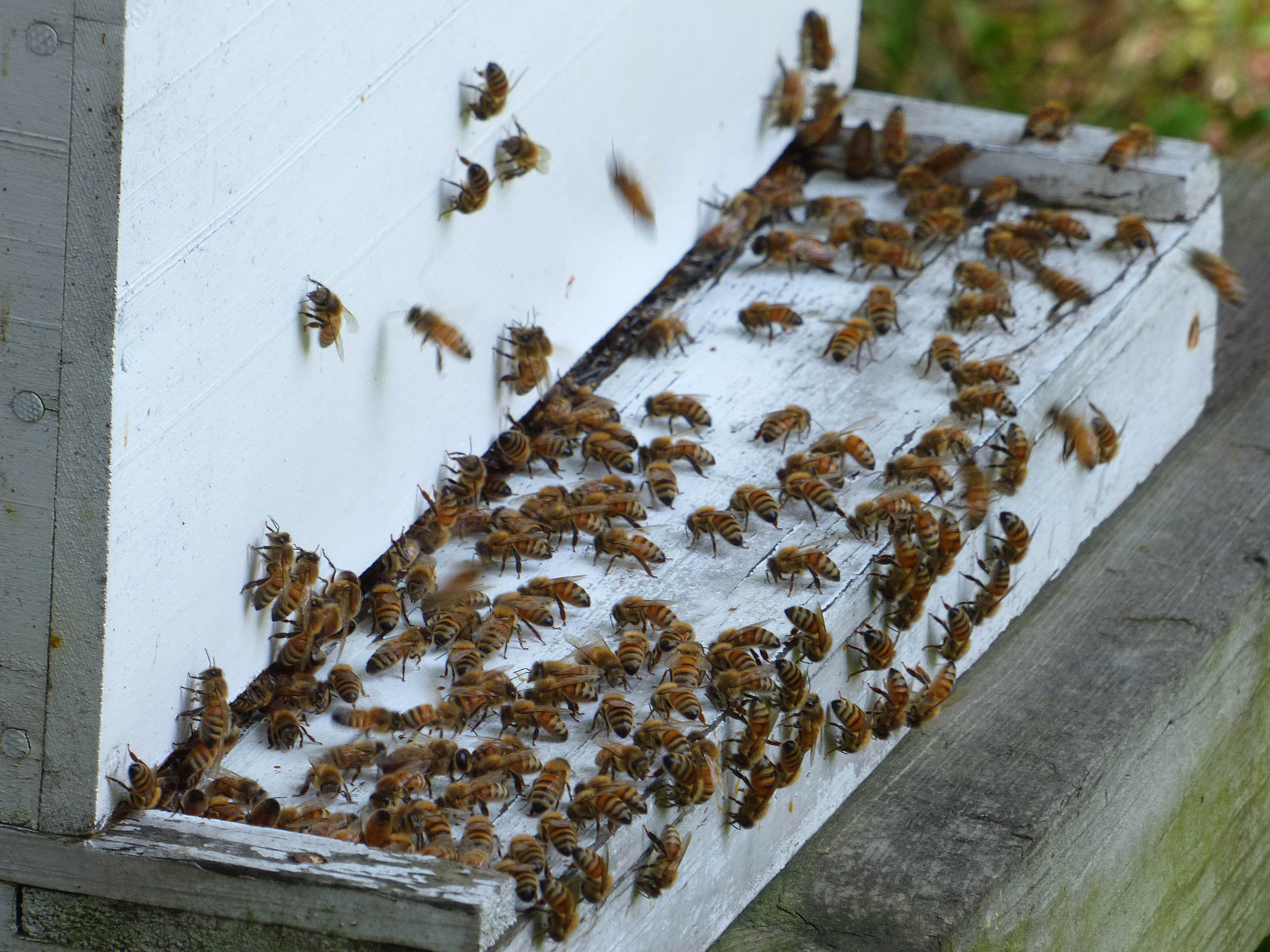
I believe it was the mid-2000s. My youngest child was a little over a year old. Our homestead had gone through the kind of changes that many homesteads do.
We had raised rabbits for meat. Had plenty of chickens and goats, had cattle we raised and butchered. We even rented out part of our pasture for sheep, and while we did not raise them, we did learn a tremendous amount about them.
Our orchard, berry plants and grape arbor were established and growing well. We had almost an acre of garden space. We had asparagus, rhubarb, horseradish and rows and rows of whatever herbs I used the most not only in cooking but also for my herbal creations for alternative healing.
We had tried most anything that captured our attention and our curiosity: canning, smoking meat, making wine, cider making, fermenting and pickling, as well as cooking whatever food creations seemed interesting. The one thing we were lacking was bees. Until THIS year.
Bees had been discussed many times over the years, but because there were too many other things we were doing and learning, the amazing creatures were always put on the back burner. I don’t remember how we did get all our initial houses and equipment; it might have been our friend who rented the field with the sheep that set us up, if my memory serves me correctly. I do remember being so excited to have bees again I was in an exceptionally good mood for days.
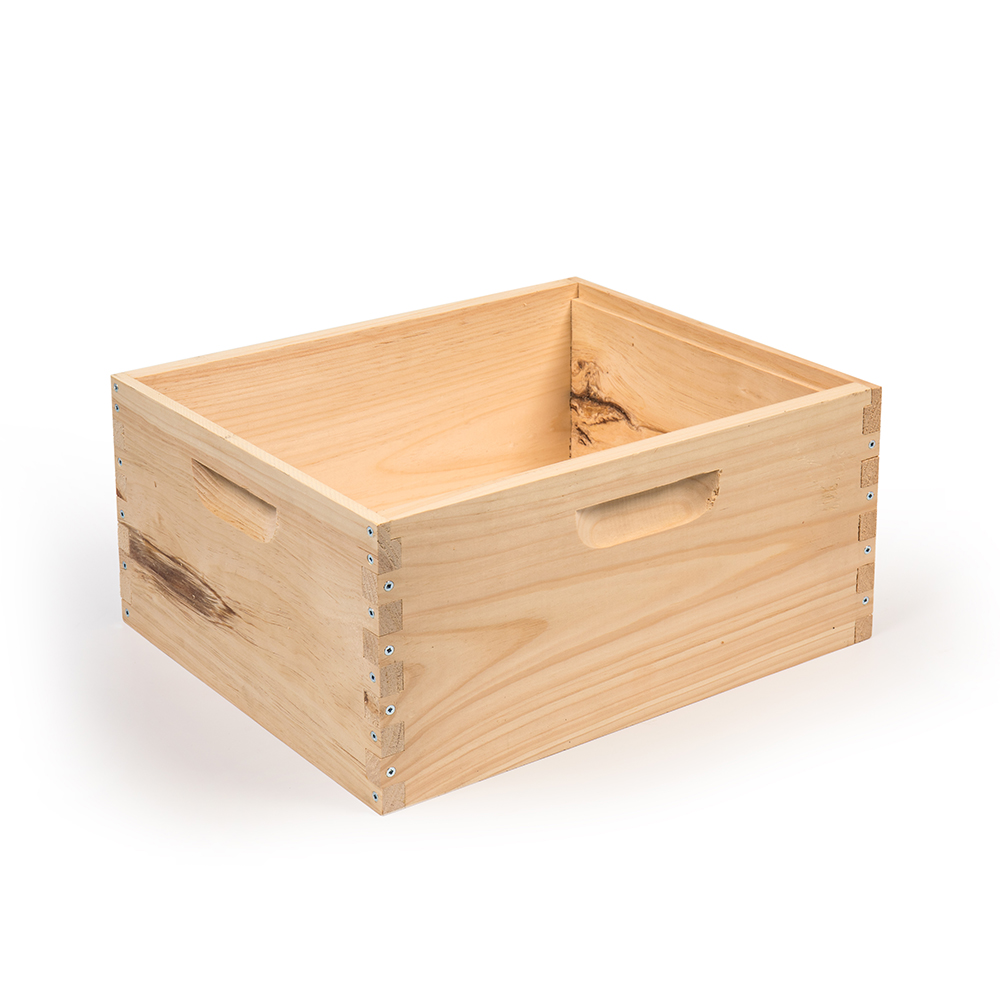
We decided to put the bees at the top of our garden. The hive was set up on bricks to keep it off the ground and to give proper air movement for the health of the bees. Next the foundational bottom was set securely in place (the bottom super). We made sure everything lined up properly, as this would be the structure the whole hive would rest upon. A super with the frames was placed on top of the bottom. We placed another super on top of that, even though the bees would not be filling it for a while. Doing that procedure now I would not stack the supers so high, but just use one at a time, putting more on as the bees filled the frames within the supers. The cover was set securely in place. Now we just needed bees.
Our friend procured a new colony for us and we placed them in the hive. We did not use sugar water to entice them to stay, but we did have a couple old frames with the previous year’s honeycomb still intact to encourage the bees to build on. This seemed to do the trick. As the hive was young and the queen was fresh, they were very anxious to work as busy bees do and make our hive their home. I had quiet hopes this would be the beginning of our own well-established apiary, not just for our own honey eventually, but because there is something intensely satisfying for the soul with being a beekeeper.
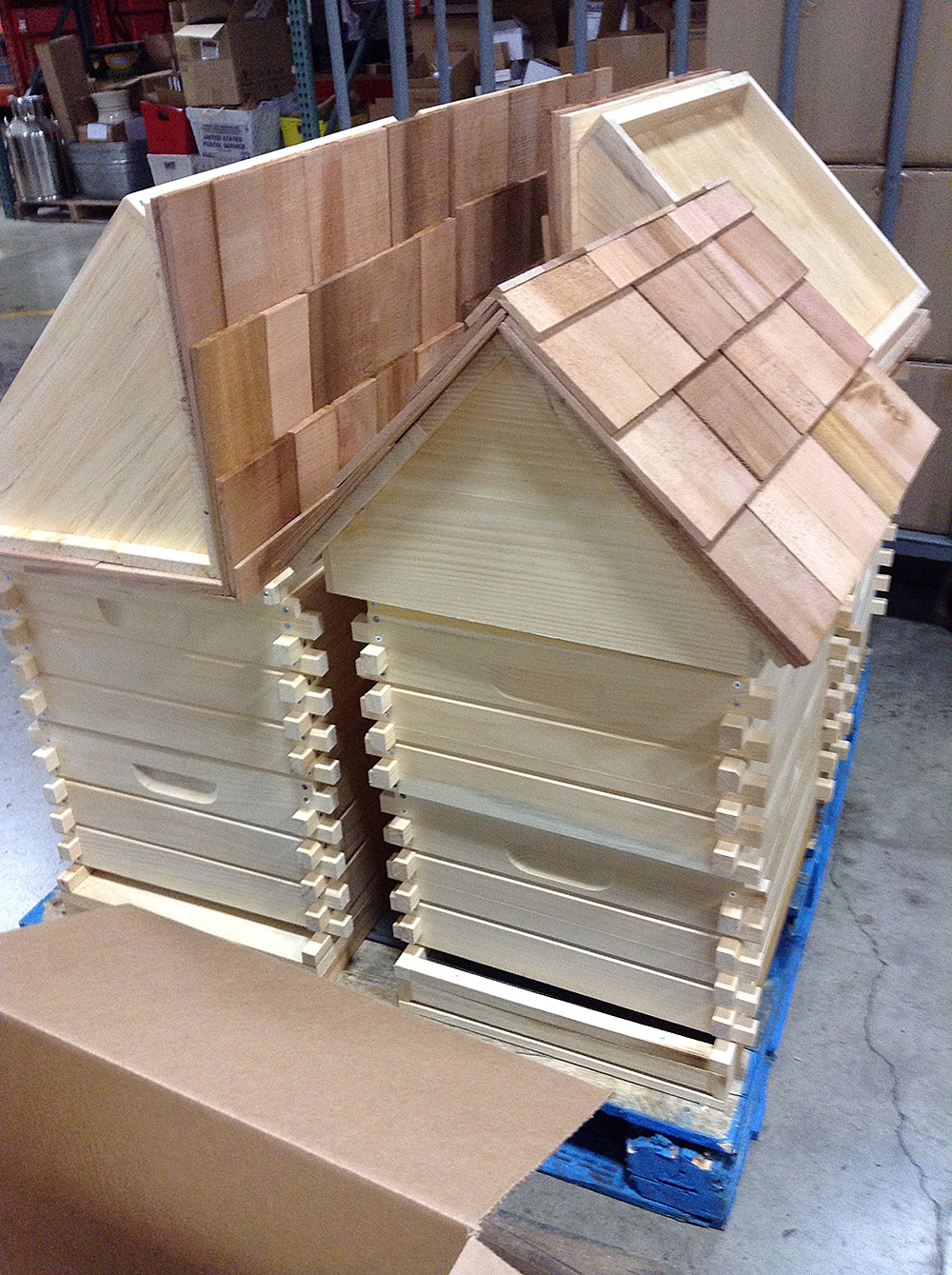
That year was an amazing year for our garden. The bees kept it well pollinated and our vegetables produced exponentially. We did have some bee stings here and there, unfortunately with the neighborhood children that came to play and did not understand the language of bees. My children caught on quickly and realized if they left the bees alone, the bees would leave them alone too. Bees have work to do and they really are not interested in sitting and chatting with you, let alone becoming best friends. They are content to let you watch them, but please leave them to their work.
When fall came and it was time to shut the hive down for winter, we discussed whether to pull some of the honey for our own consumption or to leave it for the bees over winter. Usually on a young hive it’s recommended not take any honey the first year. However, there was a lot of honey that year. My vote was for leaving what honey was there alone. We had a young hive and I wanted to make sure the bees not only had enough honey to get them through the winter but to encourage them to stay put and not swarm the following season.
It was reported we were to have a very harsh winter that year. I always listened to the report but I also checked the woolly bear caterpillars and the hides of our livestock and dogs and cats. I learned from some of my dear Indian and Amish friends that the thicker the animals’ fur the harsher the winter. There were other signs from trees and flowers, insects and the earth too, but I found just paying attention the animals was good enough.
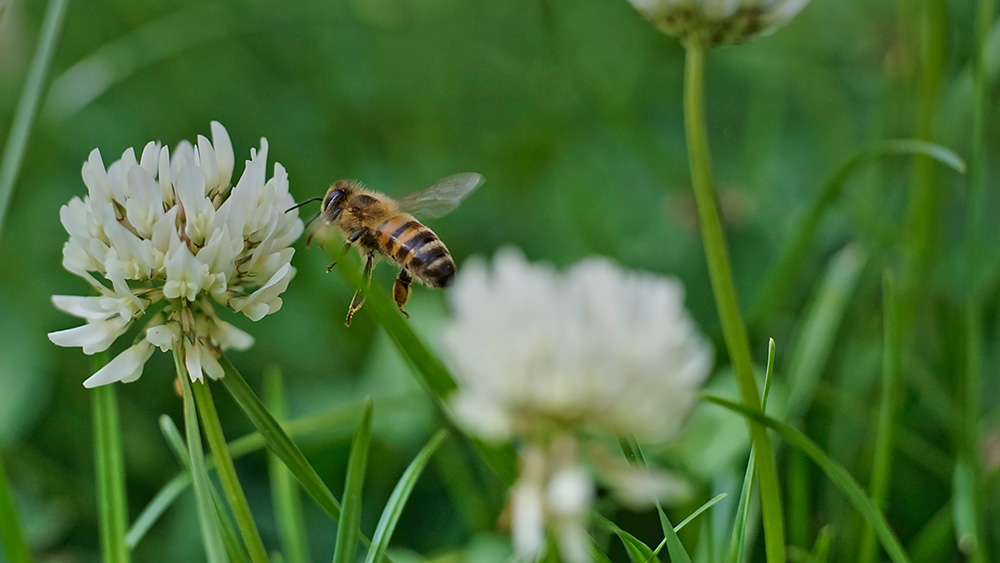
We had the bee inspector come visit us that fall (they inspect all reported hives as they are keeping an eye on the hive health and the issue of mites on the bees) and we were told our hive was one of the healthiest the inspector had seen in all of Wayne and Holmes Counties. I was flabbergasted and quite humbled. To have happy bees made my heart sing. I think a lot of that had to do with the fact that we did not use any form of pesticides and there was a very large variety of plants for the bees to choose. There was also a large supply of water nearby for the bees’ needs in that area. Whatever made the bees happy, it made me happy. Happy bees meant more honey in the long run.
My conviction to leave the honey was not followed, however, and even though there was a lot of honey for the bees, it was not enough. That winter was a very bitter cold one. I would like to say our hive made it through the winter, but alas, it did not. We did put straw bales around the outside of the hive for extra winter protection, but I don’t think the intense cold was the root issue. The protection from the wind and cold the straw usually provided would not be enough if there was not enough honey to keep the bees sustained.
The animals’ coats were heavy that year and that old wives tale turned out to be true, once again. I was rather heartbroken when that spring I saw that our hive had not made it. We had talked about having another hive the following summer, but life got in the way and we did not take the time to set up another colony. I longingly looked at the empty hive that summer but I knew eventually I would have bees again, no matter how long it took.
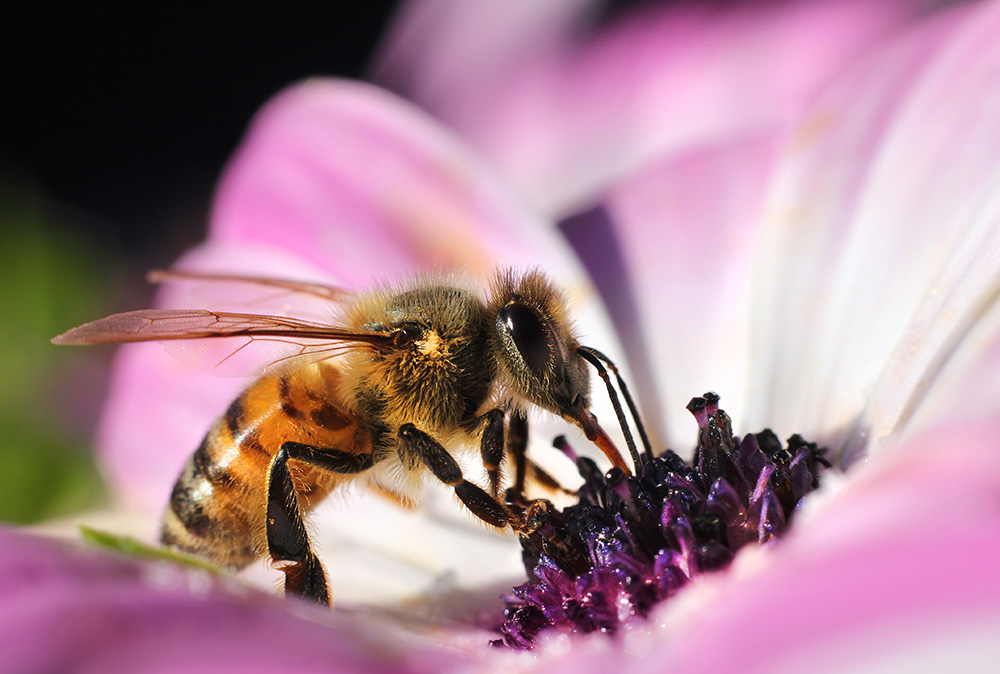
This year, however, over ten years later, my heart’s desire and longing for my short sweet and fuzzy friends was heard. I was told earlier this spring by one of my daughters we had some bees on the bottom of our ornamental garden chair. I suspected they were yellow jackets so I went outside, looked at said chair and low and behold, on the bottom of the chair there were not just a few bees, there was a whole swarm of HUNDREDS of bees. HONEYBEES!! Hallelujah chorus, the sun shone and the clouds parted! I had bees! Honeybees! I was going to become a bee farmer once again.
Editor’s Note: Stay tuned for updates on Jennifer’s bees!

